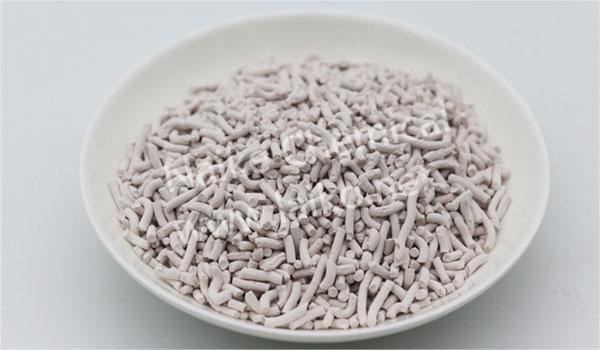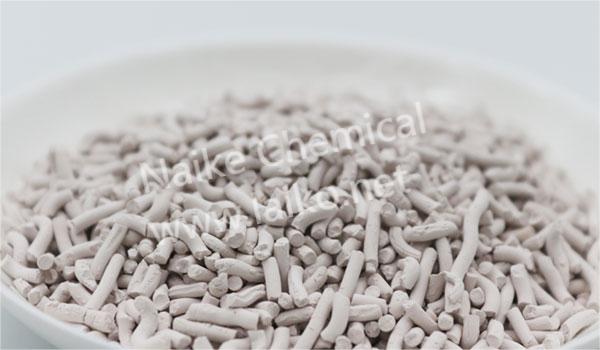What Does Zeolite Do For Soil?
What is Zeolite?

Zeolite is an aluminosilicate mineral containing a water shelf-like structure, first discovered in 1756. Depending on its composition, zeolite is divided into square zeolite (Na[AlSi2O6]-H2O) and calcium zeolite (Ca[Al2Si3O10]-3H2O). Its water content is related to the external temperature and the pressure of water vapour. When heated, the water can slowly escape but does not destroy its crystalline structure. The crystal structure has many cavities and channels connecting the cavities in which water molecules are located and can be transported by the channels.
Zeolites are used as molecular sieves to draw or filter molecules from other substances. Although zeolite is only one type of molecular sieve, it is the most representative of them all and the terms “zeolite” and “molecular sieve” are therefore often used interchangeably.
In addition to natural products, they can also be synthesised from man-made zeolites: sulphonated polystyrene and natural zeolites: sodium aluminosilicate.
What Does Zeolite Agriculture Fertilizer Do for Soil?

Zeolite, known as the “stone of life and vitality”, is an environmentally friendly new material with a wide range of sources, high functionality, and a unique crystal structure with strong ion exchange and adsorption capacity.
Unlike soil conditioners such as lime, zeolite in agriculture does not decompose over time. Instead, it is retained in the soil to improve nutrient retention. In agriculture and horticulture, zeolite is used as a slow-release carrier for fertilisers and agricultural chemicals such as pesticides, pesticides, and growth stimulants. This mineral is particularly useful for replanting, increasing the nitrogen balance of light and sandy soils, and increasing the acid production capacity of destructive soils.
Firstly, zeolites have a large specific surface area and a strong electrostatic field. Through soil tillage, zeolite particles absorb the colloidal clay particles around them and gradually aggregate to form soil aggregates. In addition, zeolites can reversibly adsorb cations (K, Na, Ca2) from the soil solution and these cations in the zeolite promote the aggregation of soil particles and the formation of soil aggregates. In short, zeolites reduce the bulk density of the soil, increase the total porosity of the soil, loosen the soil, increase the permeability of the soil and improve drainage and infiltration capacity.
Secondly, zeolite fertilizer plays a very important role in improving soil nutrients and supplying plant nutrients as a soil structure improvement substrate and slow release fertiliser substrate and is widely used in agricultural production at home and abroad. Adding zeolite to the soil improves the soil’s ability to adsorb cations such as ammonium and potassium ions, improves the utilisation of nutrients, and regulates the pH of the soil.
Thirdly, zeolite fertilizer is also a better substrate for slow-release fertilisers. Currently, the most widely used fertiliser in the agricultural sector is a mixture of zeolite and ammonium bicarbonate. A mixture made from zeolite powder and ammonium bicarbonate in a ratio of 1:4 has a large and stable fertiliser efficiency, reduces ammonia losses and is less prone to caking, easy to use, and its use as base fertiliser and seed fertiliser, thus improving fertiliser utilisation.
How Do You Apply Zeolite to the Soil?
Zeolite comes in powder or granular form. Although it is completely natural, wear gloves and goggles before adding zeolite to the soil to prevent the mineral from blowing into one’s eyes. Dig one pound of zeolite per square yard of soil or potted plant; mix 5% zeolite into the potting medium. Sprinkle half an inch (1 cm) of zeolite over the prepared area ready for the new lawn and mix into the soil. Place a small amount into the holes before planting the bulbs. Zeolite can also promote composting. Add 2 lbs (1 kg) to an average-sized paper pile, thus effectively helping to break down and absorb odours.



